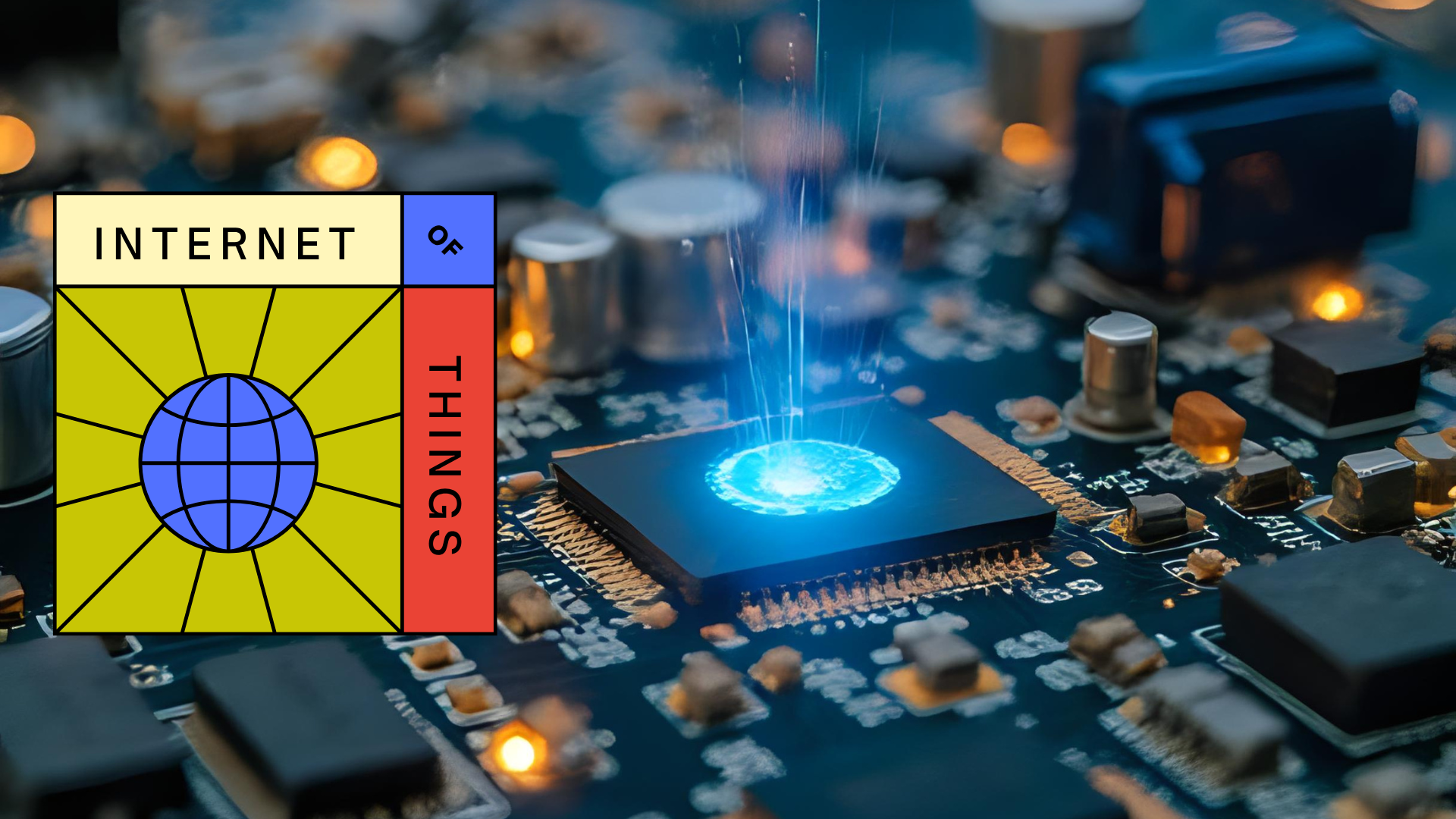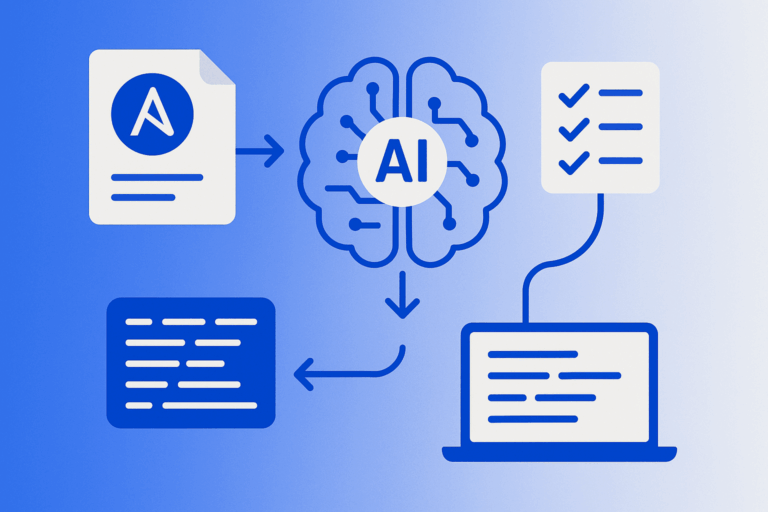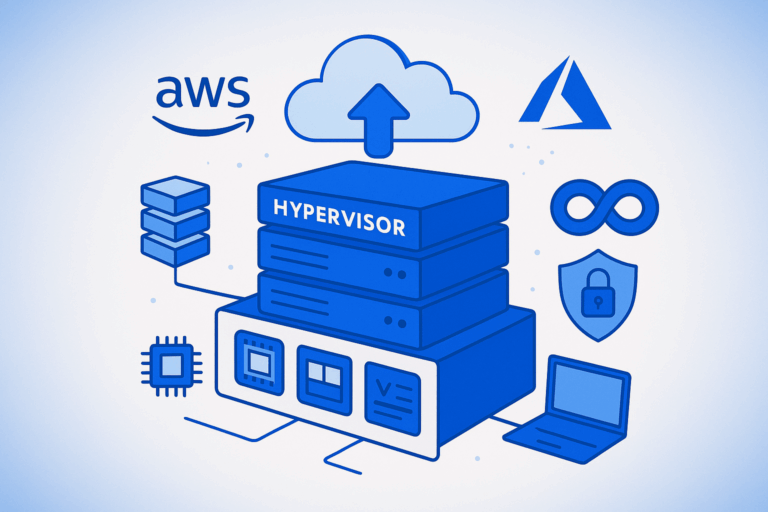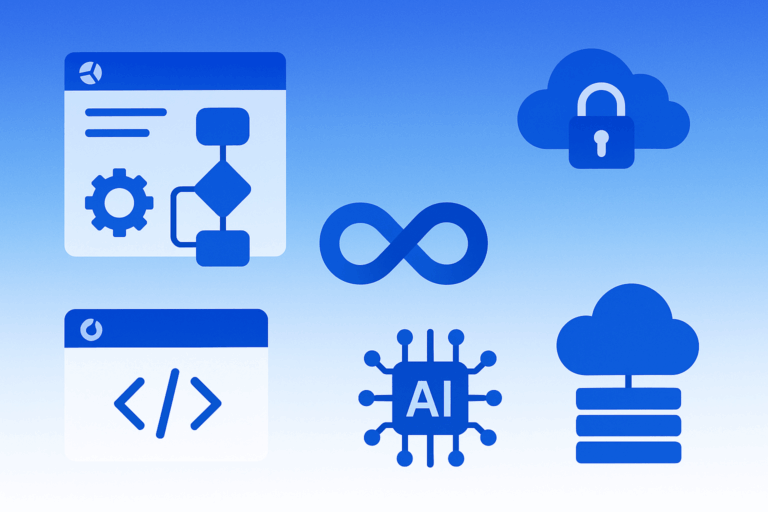Edge Computing for Real-Time Solutions

Transforming IoT Applications in 2025 🚀What is Edge Computing and Why Real-Time Solutions Matter ⚡
Edge computing real-time solutions are revolutionizing how we process data in our connected world. Instead of sending all data to distant cloud servers, edge computing brings processing power directly to where data is created. This means faster responses, better performance, and smarter applications.
Think of edge computing like having a local grocery store instead of driving to a distant supermarket. When you need something quickly, the local store gets you what you need faster. Edge computing works the same way for data processing.
The benefits of edge computing real-time solutions include reduced delays, improved reliability, and better user experiences. These advantages make edge computing essential for applications where every millisecond counts.

How Edge Computing Reduces Latency for IoT Devices 🌐
Traditional cloud computing creates delays because data travels long distances. When your smart doorbell detects motion, it might take 200-500 milliseconds to process that information in the cloud. Edge computing real-time solutions cut this delay to just 1-50 milliseconds.
Here’s how edge computing achieves faster processing:
- Data stays close to its source
- Less network congestion
- Dedicated processing power
- Immediate decision-making capabilities
This speed improvement transforms what’s possible with IoT devices. Smart thermostats can adjust temperature instantly. Security cameras can detect threats immediately. Wearable health devices can alert medical teams without delay.
| Speed Comparison: Cloud vs Edge Computing |
|---|
| Computing Type | Average Response Time | Best Performance | Reliability Level |
|---|---|---|---|
| Traditional Cloud | 200-500ms | 100ms | Moderate |
| Edge Computing | 5-50ms | Under 1ms | High |
| Hybrid Approach | 50-150ms | 10ms | Very High |
Smart Cities: Edge Computing Real-Time Solutions in Action 🏙️
Smart cities use edge computing real-time solutions to manage urban infrastructure efficiently. These systems process data from thousands of sensors to make cities safer, cleaner, and more livable for everyone.
Traffic Management Systems
Edge computing helps traffic lights respond to actual traffic conditions instead of following fixed schedules. When sensors detect heavy traffic, edge systems immediately adjust signal timing. This reduces wait times by up to 40% and cuts vehicle emissions significantly.
Environmental Monitoring
Air quality sensors throughout the city use edge computing to detect pollution levels instantly. When dangerous levels are detected, the system automatically:
- Alerts citizens through mobile apps
- Adjusts traffic patterns to reduce emissions
- Activates air purification systems
- Notifies city officials for immediate action
Public Safety Applications
Security cameras with edge computing can identify potential threats in real-time. Instead of sending all video footage to central servers, edge devices analyze footage locally and flag important events immediately. This helps emergency responders react faster and keep communities safer.
Energy Management
Smart grid systems use edge computing to balance electricity supply and demand instantly. When renewable energy sources like solar panels produce extra power, edge systems automatically distribute it where needed most. This reduces energy waste and keeps power costs lower for residents.
Healthcare: Life-Saving Edge Computing Applications 🏥
Healthcare providers rely on edge computing real-time solutions to monitor patients and respond to emergencies quickly. In medical settings, delayed responses can have serious consequences, making edge computing essential for patient care.
Patient Monitoring Systems
Hospital monitoring equipment uses edge computing to track vital signs continuously. When a patient’s heart rate becomes irregular or blood pressure drops suddenly, edge systems alert medical staff within seconds. This immediate notification helps doctors provide faster treatment and save lives.
Surgical Applications
Robotic surgery systems need instant responses to surgeon commands. Edge computing ensures that when a surgeon moves a control, the robotic arms respond immediately with precision. Any delay could affect surgical outcomes, making edge computing critical for these procedures.
Remote Patient Care
Patients with chronic conditions use wearable devices that monitor their health at home. Edge computing processes this health data locally and automatically contacts healthcare providers when problems are detected. This system helps patients stay healthy while reducing hospital visits.
Emergency Response
Ambulance services use edge computing to process patient data while traveling to hospitals. Paramedics can share vital signs, medical history, and treatment information with emergency room teams in real-time. This preparation helps hospitals provide better care immediately upon arrival.
Industrial Applications: Manufacturing with Edge Computing 🏭
Manufacturing facilities use edge computing real-time solutions to improve efficiency, prevent equipment failures, and maintain worker safety. These systems process sensor data from machinery to optimize production and prevent costly downtime.
Predictive Maintenance
Factory equipment generates data about vibration, temperature, and performance. Edge computing analyzes this information continuously to predict when machines need maintenance. By identifying problems early, manufacturers can:
- Schedule repairs during planned downtime
- Reduce unexpected breakdowns
- Lower maintenance costs
- Increase production efficiency
Quality Control
Edge-powered cameras inspect products on assembly lines at high speeds. These systems can detect defects that human inspectors might miss and automatically remove flawed products. This ensures consistent quality while maintaining production speed.
Worker Safety
Safety systems use edge computing to monitor work environments continuously. When dangerous conditions are detected, these systems can:
- Immediately shut down unsafe equipment
- Alert supervisors instantly
- Guide workers to safety
- Document incidents for analysis
Technical Foundation: Building Edge Computing Systems 🔧
Edge computing real-time solutions require carefully designed architecture to deliver optimal performance. Understanding these technical components helps organizations implement effective edge systems.
System Architecture Layers
Edge computing systems typically include multiple processing layers:
- Cloud Layer: Handles long-term data storage and complex analysis
- Regional Edge: Provides intermediate processing for multiple locations
- Local Edge: Processes data immediately at the source
- Device Level: Built-in processing within IoT devices
Hardware Requirements
Edge computing requires specialized hardware that can process data quickly while consuming minimal power. Modern edge devices include:
- High-performance processors optimized for specific tasks
- Efficient cooling systems for reliable operation
- Robust networking capabilities
- Secure storage for sensitive data
Software Considerations
Edge computing software must be lightweight yet powerful enough to handle real-time processing requirements. Key software components include:
- Real-time operating systems
- Efficient data processing algorithms
- Security and encryption tools
- Remote management capabilities
| Edge Computing Components and Functions |
|---|
| Component | Location | Processing Speed | Main Purpose |
|---|---|---|---|
| Cloud Servers | Data Centers | Standard | Long-term analysis, storage |
| Edge Data Centers | Regional | Fast | Area-wide processing |
| Local Edge Devices | On-site | Very Fast | Immediate responses |
| IoT Device Processing | Within devices | Ultra-fast | Instant reactions |
Why choose Devolity
Unmatched Expertise in
Cloud and Cybersecurity
Devolity team of certified professionals brings decades of combined experience in managing complex cloud environments and defending against evolving cyber threats.
01
End-to-End Solutions for Every Business Need
DevOps with Cybersecurity Services: Hybrid/multi-cloud management, cost optimization, and DevOps integration with Risk assessments.
02
Customized Strategies, Not One-Size-Fits-All
We understand every business is unique. Devolity prioritizes collaboration, crafting bespoke solutions aligned with your industry, goals, and risk profile.
03
Proactive Protection with 24/7 Vigilance
Cyber threats never sleep—and neither do we. Devolity Security Operations Center (SOC) offers round-the-clock monitoring, rapid incident response.
Implementation Guide: Getting Started with Edge Computing 📋
Organizations planning to implement edge computing real-time solutions should follow a structured approach to ensure success. This step-by-step process helps identify the best opportunities and avoid common pitfalls.
Step 1: Assess Your Needs
Begin by identifying applications that would benefit from faster processing. Look for situations where:
- Immediate responses are critical
- Large amounts of data need processing
- Network connectivity is unreliable
- Security requires local processing
Step 2: Plan Your Infrastructure
Determine where to place edge computing resources for maximum benefit. Consider factors like:
- Physical location requirements
- Power and cooling needs
- Network connectivity options
- Maintenance accessibility
Step 3: Address Security Requirements
Edge computing requires comprehensive security planning because processing occurs across multiple locations. Essential security measures include:
- Data encryption at all levels
- Secure device authentication
- Regular security updates
- Continuous monitoring systems
Step 4: Start Small and Scale
Begin with pilot projects that demonstrate clear value before expanding to larger implementations. This approach allows teams to learn and refine their edge computing strategies while minimizing risks.
Future of Edge Computing Real-Time Solutions 🔮
Edge computing technology continues advancing rapidly, creating new possibilities for real-time applications. Several trends are shaping the future of edge computing and expanding its potential uses.
Artificial Intelligence Integration
AI-powered edge devices are becoming smarter and more capable. These systems can make complex decisions locally without requiring cloud connectivity. This independence enables truly autonomous operation in challenging environments.
5G Network Enhancement
Fifth-generation wireless networks provide the high-speed, low-latency connectivity that maximizes edge computing benefits. The combination of 5G and edge computing enables new applications like:
- Augmented reality experiences
- Autonomous vehicle coordination
- Immersive remote collaboration
- Advanced industrial automation
Simplified Management
New tools are making edge computing easier to deploy and manage. Serverless edge computing allows developers to create applications without managing underlying infrastructure, making this technology accessible to more organizations.
Expanded Applications
As edge computing becomes more affordable and easier to implement, new use cases continue emerging across industries. Future applications may include:
- Smart agriculture systems
- Advanced retail experiences
- Intelligent transportation networks
- Enhanced entertainment platforms
How Devolity Optimizes Your Edge Computing Solutions 🚀
Implementing edge computing real-time solutions successfully requires expertise and ongoing support. Devolity Business Solutions helps organizations maximize their edge computing investments through comprehensive optimization services.
Our team begins by evaluating your current infrastructure and identifying the most valuable opportunities for edge computing implementation. We work with your team to develop customized strategies that deliver measurable business results while staying within budget constraints.
Devolity provides end-to-end support for edge computing projects, including system design, implementation, and ongoing optimization. Our managed services ensure your edge computing infrastructure continues performing optimally while adapting to changing business needs and emerging technologies.
Partner with Devolity to transform your organization’s real-time processing capabilities and accelerate your digital transformation journey. Our edge computing expertise helps you achieve faster responses, better reliability, and improved user experiences across all your connected applications.
Transform Business with Cloud
Devolity simplifies state management with automation, strong security, and detailed auditing.

Ready to implement edge computing real-time solutions for your business? Contact Devolity today to discover how our optimization services can help you achieve maximum performance and return on investment.
#EdgeComputing #RealTimeSolutions #IoT #SmartCities #Healthcare #Manufacturing #CloudOptimization #DigitalTransformation






